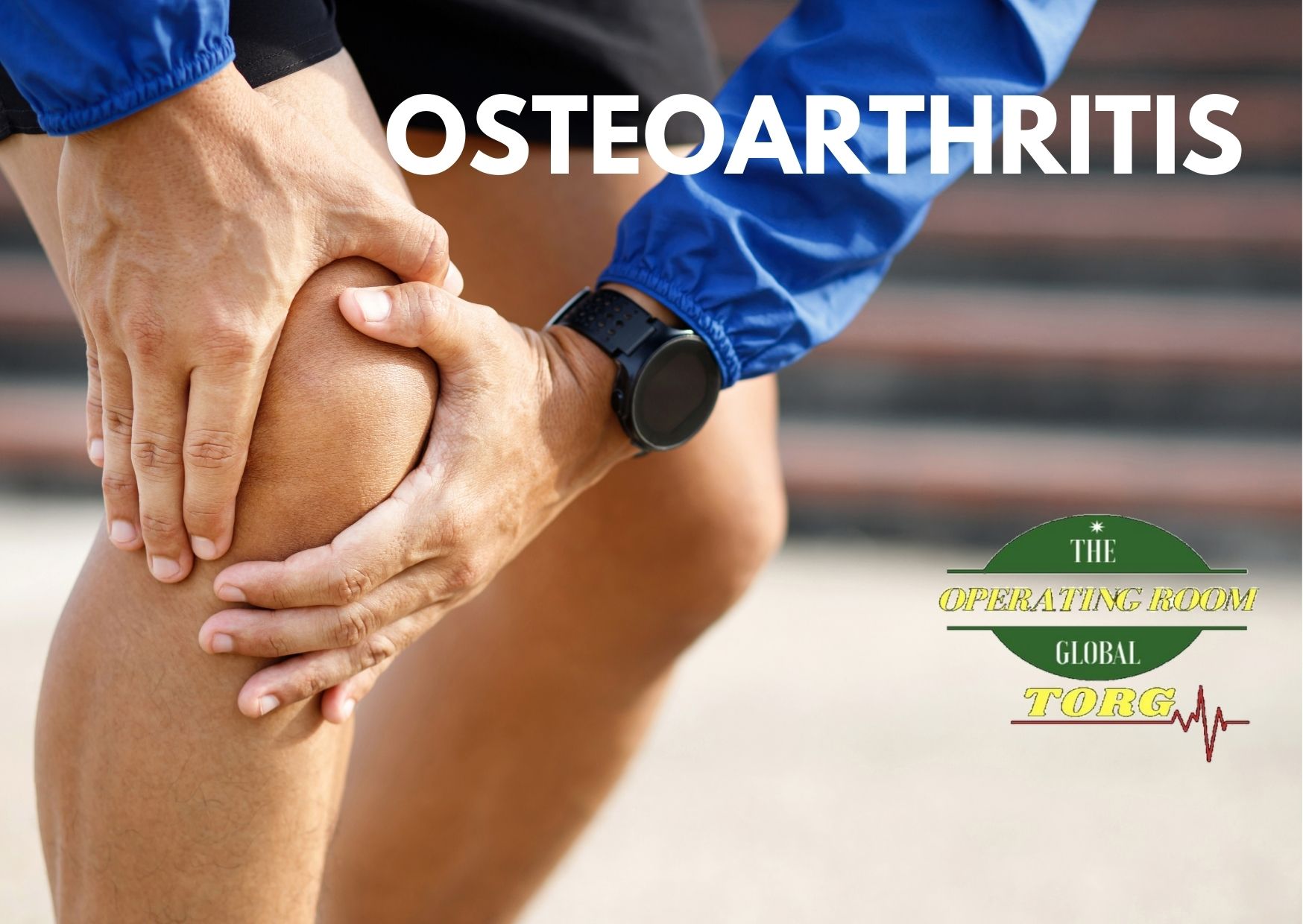Osteoarthritis is the most common type of arthritis and affects middle-aged or older people most frequently. It is caused by the breakdown of cartilage in joints and can occur in almost any joint in the body. It most commonly affects the hips, knees, hands, lower back and neck. Cartilage is a firm, rubbery material that covers the ends of bones in normal joints. It serves as a kind of “shock absorber,” helping to reduce friction in the joints.
When osteoarthritis affects the spine, it is known as spondylosis. Spondylosis is a degenerative disorder that can cause loss of normal spinal structure and function. Although aging is the primary cause, the location and rate of degeneration varies per person. Spondylosis can affect the cervical, thoracic and/or lumbar regions of the spine, with involvement of the intervertebral discs and facet joints. This can lead to disc degeneration and bone spurs (also known as osteophytes), which can pinch nerves that are near the discs or spurs.
As spondylosis worsens, progressive narrowing due to osteophyte growth may cause spinal stenosis — a narrowing of spaces in the spine that results in pressure on the spinal cord and/or nerve roots. When this compression occurs, it can cause impaired function and pain. The narrowing can affect a small or large area of the spine. Pressure on the upper part of the spinal cord may produce pain or numbness in the shoulders and arms. Pressure on the lower part of the spinal cord or on nerve roots branching out from that area may cause pain or numbness in the legs.
When spondylosis affects the lumbar spine, several vertebrae are usually involved. Because the lumbar spine carries most of the body’s weight, activity or periods of inactivity can both trigger symptoms. Specific movements, such as sitting for prolonged periods of time, lifting or bending, may increase pain.
Degenerative spondylolisthesis (slippage of one vertebra over another) is caused by osteoarthritis of the facet joints. Most commonly, it involves the L4 slipping over the L5 vertebra. It most frequently affects people age 50 and older. Symptoms may include pain in the low back, thighs and/or legs, muscle spasms, weakness and/or tight hamstring muscles.
Incidence and Prevalence
- Osteoarthritis affects more than 54 million people in the United States.
- By 2040, 26% of Americans, or about 78 million people will be affected.
- Fifty percent of people age 65 and older exhibit evidence of osteoarthritis in at least one joint on x-ray studies.
- Osteoarthritis is more prevalent in men age 45 and younger, but more prevalent in women age 50 and older
Causes
While the cause of osteoarthritis is unknown, the following factors may increase the risk of developing the condition:
- Age
- Heredity
- Being overweight
- Joint injury
- Nerve injury
- Repeated overuse of specific joints
- Lack of physical activity
Symptoms
- Pain and stiffness in the neck or low back
- Pain that radiates into the shoulder or down the arm
- Weakness or numbness in one or both arms
- Pain or morning stiffness that lasts for about 30 minutes due to inactivity
- Pain that worsens throughout the day due to activity
- Limited motion
When & How to Seek Medical Care
Most patients see their primary care doctor as the first point of contact due to pain caused by arthritis. The primary provider will be able to evaluate to see if further workup is needed.
Testing & Diagnosis
A diagnosis usually can be made based on specific symptoms, a thorough physical examination and x-ray results. On occasion, magnetic resonance imaging (MRI) may be ordered to determine the extent of damage in the spine. MRI can reveal damaged cartilage, loss of joint space or bone spurs.
Treatment
Non-Surgical Treatments
Non-surgical treatments are the mainstay of osteoarthritis management, including spinal arthritis known as spondylosis.
- Anti-inflammatory medications, most commonly ibuprofen or other non-steroidal anti-inflammatory medications (NSAID), are used to reduce swelling and to relieve pain. Most pain can be treated with nonprescription medications, but if pain is severe or persistent, a doctor may recommend prescription medications.
- Epidural injections of cortisone may be prescribed to help reduce swelling. This treatment often provides temporary pain relief, which can last several months.
- Physical therapy and/or prescribed exercises may help stabilize the spine, build endurance and increase flexibility. Therapy may help with the resumption of normal lifestyle and activities. Yoga may be effective for some people in helping to manage symptoms.
- Maintaining a proper weight is crucial to effective management of osteoarthritis.
Surgery
Surgical treatment for spondylosis is uncommon, unless the condition has led to severe spinal stenosis that can cause a neurological deficit, like muscle weakness or numbness. Surgery may be recommended if conservative treatment options, such as physical therapy and medications, do not reduce or end the pain altogether, and if the pain greatly impairs the person’s daily functions. As with any surgery, a patient’s age, overall health and other issues are taken into consideration.
Follow-up
Arthritis is a chronic condition, and follow up is typically performed by a primary care physician to help with symptomatic management. If spondylosis leads to a neurological deficit, then patients typically will follow up in the post-operative period with their spine surgeon, and then return to following up with the primary physician.
Resources for More Information
- Centers for Disease Control and Preventiond (CDC). (2019). Arthritis. https://www.cdc.gov/arthritis/index.htm
- MedlinePlus. (2016). Osteoarthritis. https://medlineplus.gov/osteoarthritis.html
- MedlinePlus. (2016). Arthritis. https://medlineplus.gov/arthritis.html
- AANS

